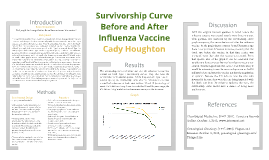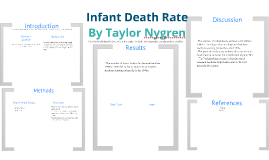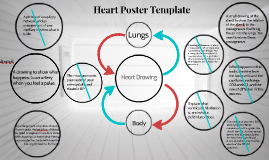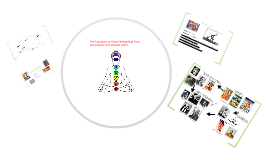Bibliography Presentation
Transcript: m 1 2 p b Y g X Abby Dreher and Marisa Ishikawa Music Dictionaries and Encyclopedias Music Dictionaries and Encyclopedias Purpose: "to provide accurate factual information and authoritative summaries of topics" Purpose: "to provide accurate factual information and authoritative summaries of topics" Examples? Dictionaries = Encyclopedias Currency is Important Dates of works cited Publish date How was the work published? Online Currency is Important How to Use: How to Use: Beginning stages of research Understand the dictionary’s purpose, audiences, and level of detail Look for special dictionaries Do not be afraid of foreign language dictionaries Consult more than one Online vs. Print Online vs. Print Pros 24/7 access Text search Frequently updated Readability Audio examples Online Online Cons Some resources are user generated Inability to browse No preserved history Print Print Pros Historical document Changing perspectives Performance practice Bias National pride Cons Currency Inconvenient Evaluation Checklist Evaluation Checklist Are articles/entries signed? Are bibliographies/discographies included? Are the authors experts? How many authors? Are they international? Who edited the work? Print or online? New research or previous edition? Does the work have a history with multiple editions? What is the scope? What information is included in work lists? Are cross-references and index present? Resource Types Resource Types http://www.colorado.edu/libraries/libraries/howard-b-waltz-music-library Online Online Comprehensive Print Print Foreign Language Specific geographical places Special Biographical Musical Terms Musical Instruments Opera and Musical Theater Performance Practice Jazz, Rock, Popular Music Miscellaneous Citation Formula - Encyclopedia Article Citation Formula - Encyclopedia Article Print Article Author Last, First. “Article Title.” In Encyclopedia Title, edited by First Last. Place: Publisher, date. Ex: Daverio, John and Eric Sams. “Schumann, Robert.” In New Grove Dictionary of Music and Musicians, 2nd ed., edited by Stanley Sadie. New York: Grove, 2011 Online Article Author Last, First. “Article Title.” In Encyclopedia Title, edited by First Last. Place: Publisher, date. Ex: Daverio, John and Eric Sams. “Schumann, Robert.” In Grove Music Online. Oxford University Press, 2001-. Accessed November 27, 2011. http://www.oxfordmusiconlinecom/subscriber/article/grove/music/40704. Article Author First Last, "Article Title," in Encyclopedia Title, ed. First Last (Place: Publisher, date), volume number: page number(s). Citation Forumla - Footnote/Endnote Print Article Author First Last, "Article Title," in Encyclopedia Title, Publisher, date published/modified, accessed date, URL or DOI. Online John Daverio and Eric Sams, "Schumann, Robert," in New Grove Dictionary of Music and Musicians, 2nd ed., ed. Stanley Sadie (New York: Grove, 2001), 22:765. John Daverio and Eric Sams, "Schumann, Robert," in Grove Music Online (Oxford University Press, 2001-), accessed November 27, 2011, http://www.oxfordmusiconline.com/subscriber/article/grove/music/40704

















